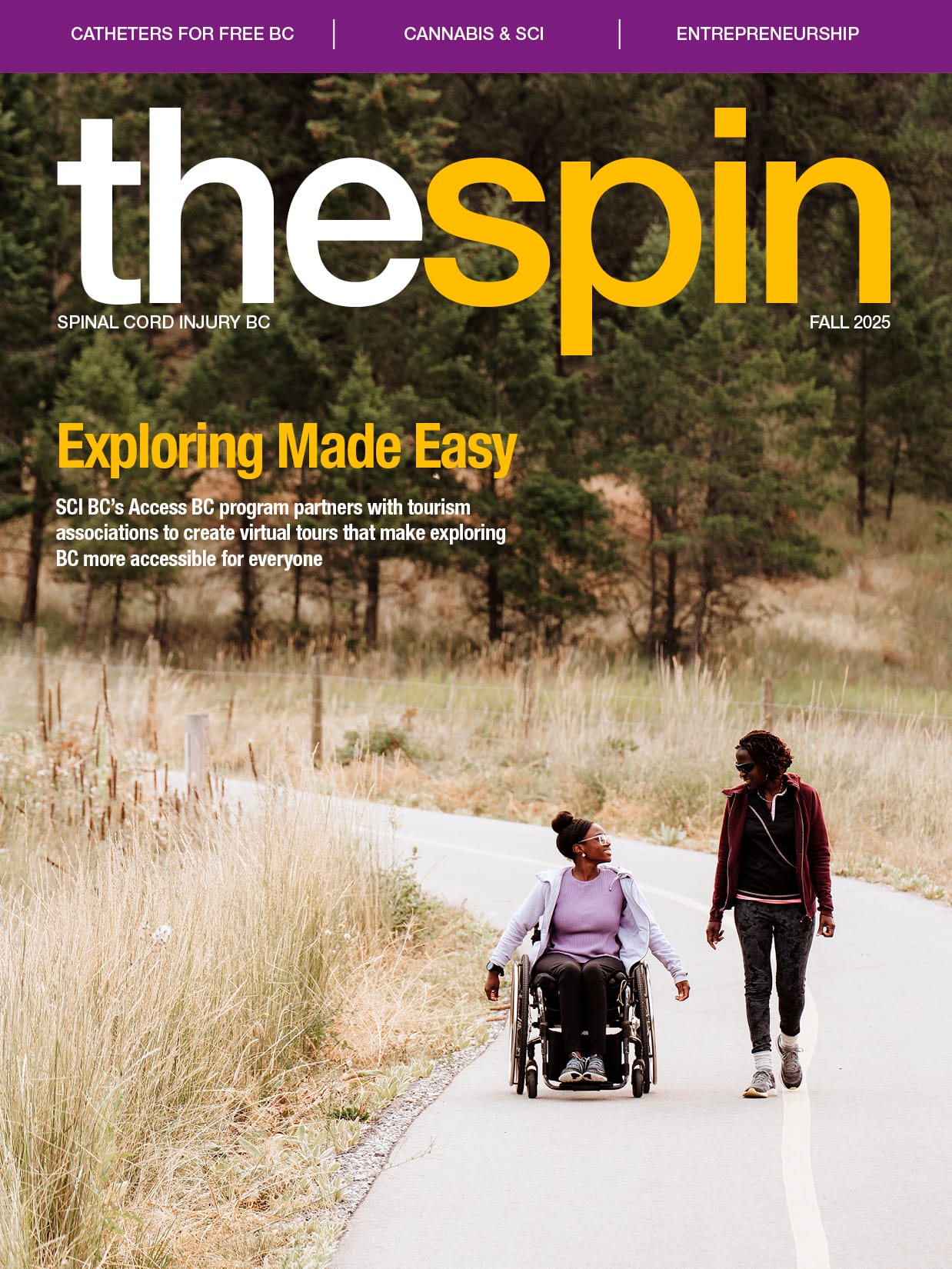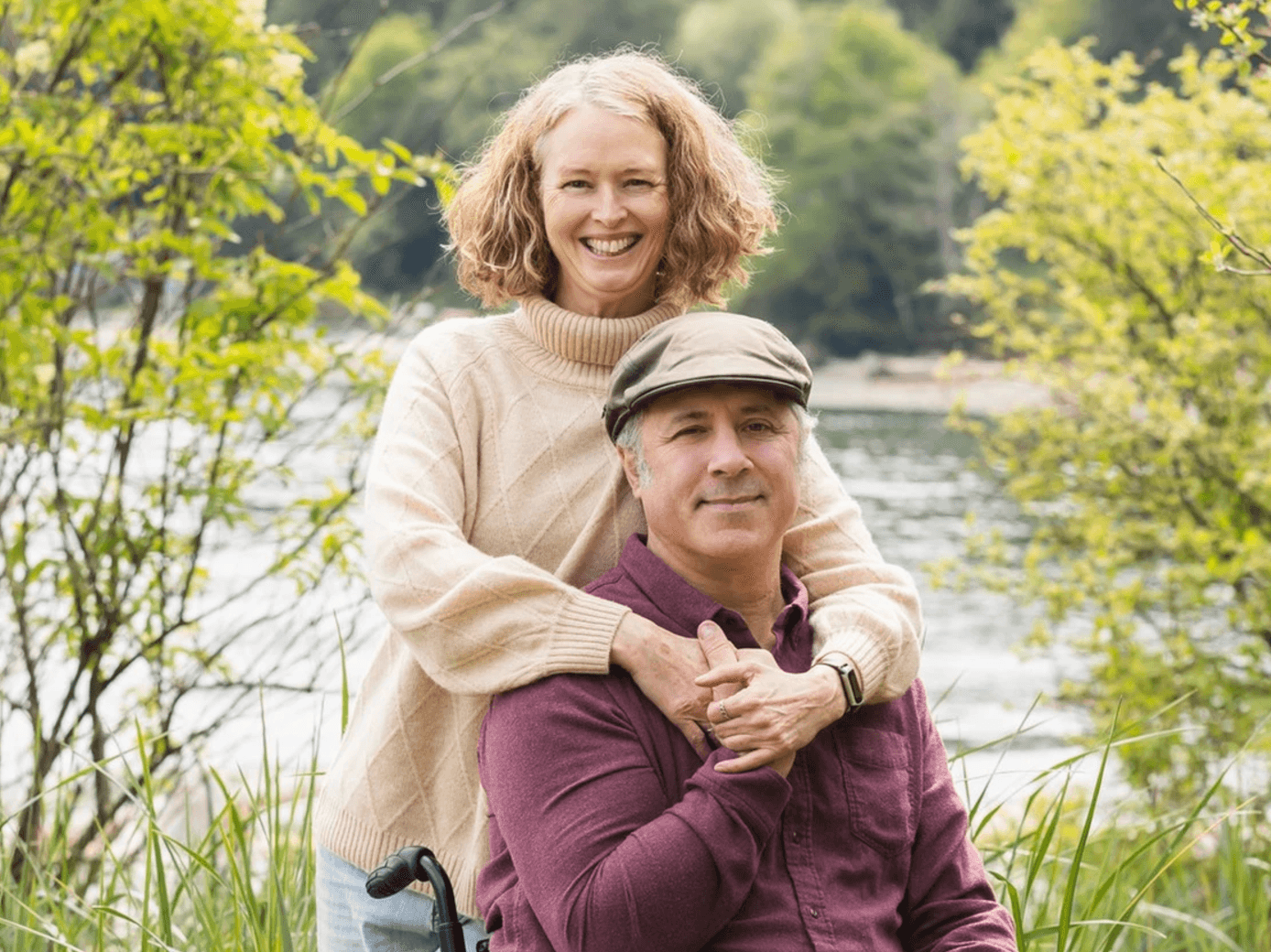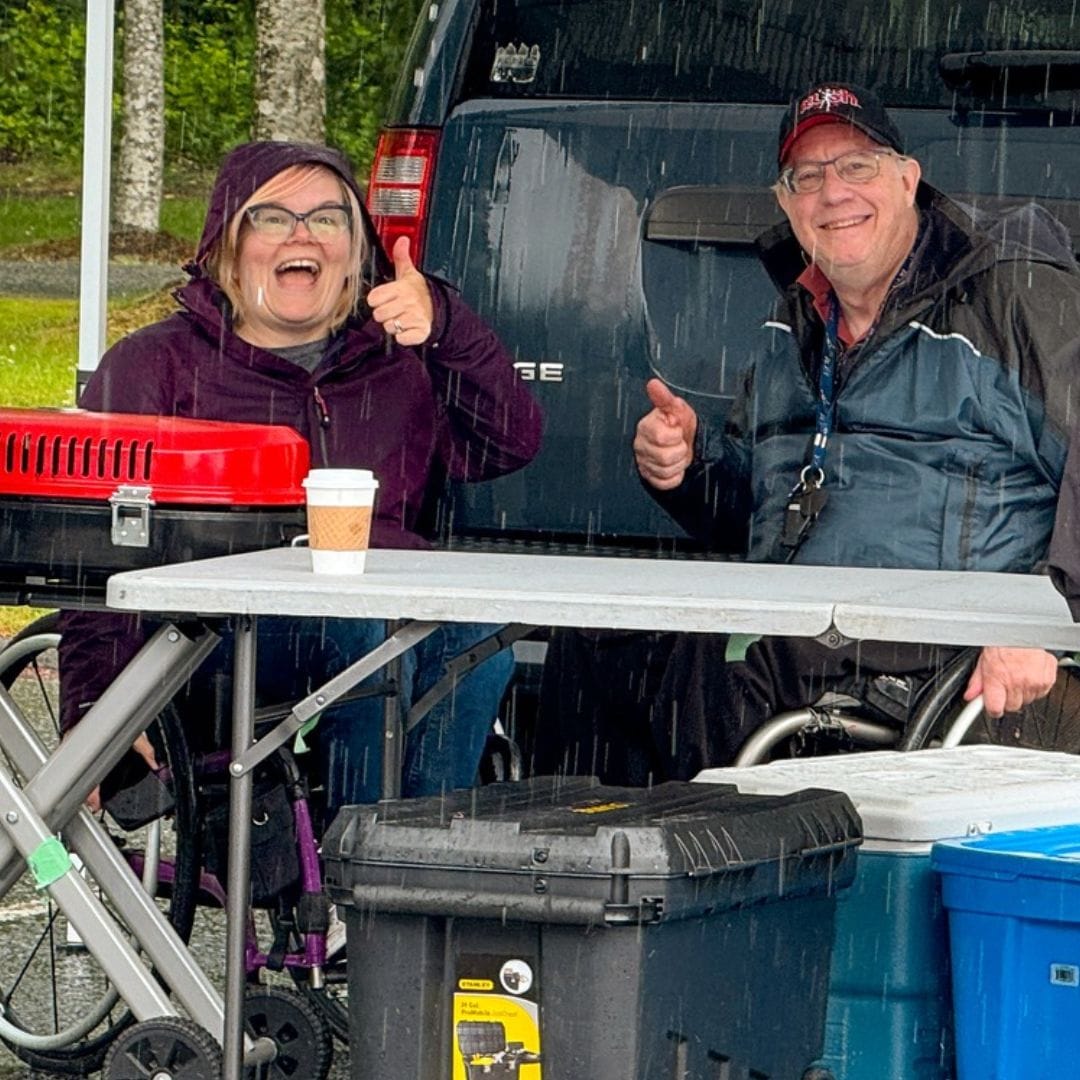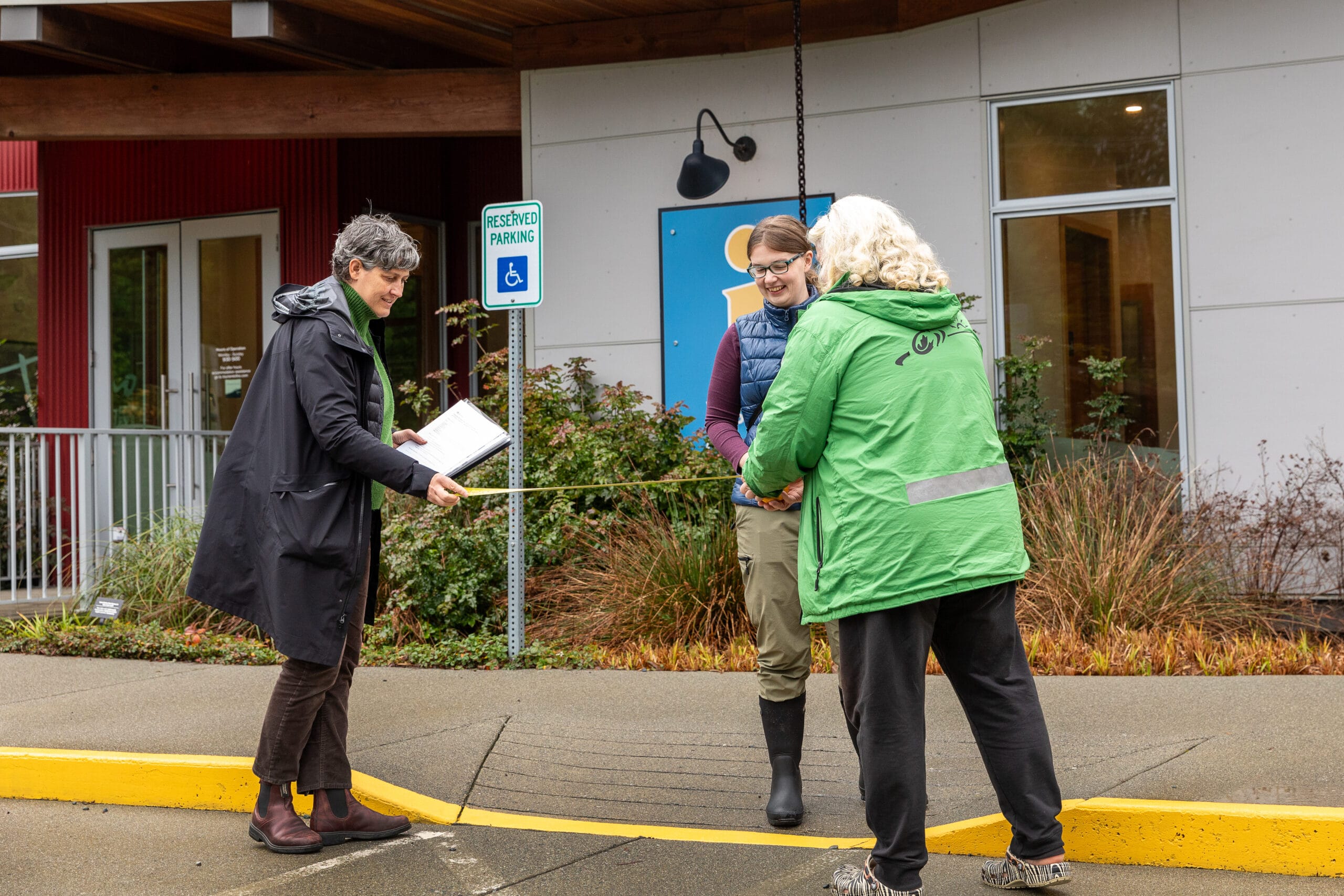
A lot has changed in the 10 years since Spinal Cord Injury BC’s Access BC program first began creating virtual tours for popular BC destinations. Camera technology has improved, photography software has advanced, and online wayfinding platforms like Google Maps have introduced a number of new features and tools. At the core, however, one thing has remained the same; virtual tours allow everyone to experience the beauty of BC. More than that, they provide a highly detailed overview that helps people with disabilities plan their visit and feel prepared.
If you’re not familiar with the concept, a virtual tour is a digital representation of a physical space composed from a series of first-person POV photographs. Jody Wall, the principal photographer and virtual tour creator for Access BC, explains the process, “Each image you see in a virtual tour is actually 12 images. I shoot in HDR with an eight-millimeter lens, which is a big fisheye. I try to make every image as true to the location as possible—so I shoot from all directions and then stitch the photos together with a software program. It takes the [photographs] and puts them together into a sphere that allows users to [navigate] between the images, as if they’re walking or wheeling through that space.”
The final 360-degree virtual tours are published on Google Maps for a particular business or area of interest, and anyone can view them using the Google Street View feature. In some cases, virtual tours also appear on tourism association websites or business webpages.
Wall has been capturing photos and creating virtual tours for over a decade and has been working with Access BC for much of this time. “I was giving a presentation at a Tourism Northern BC general meeting and that’s when I met Nancy Harris [Access BC’s Regional Development Liaison] and we started talking about accessible tours.”
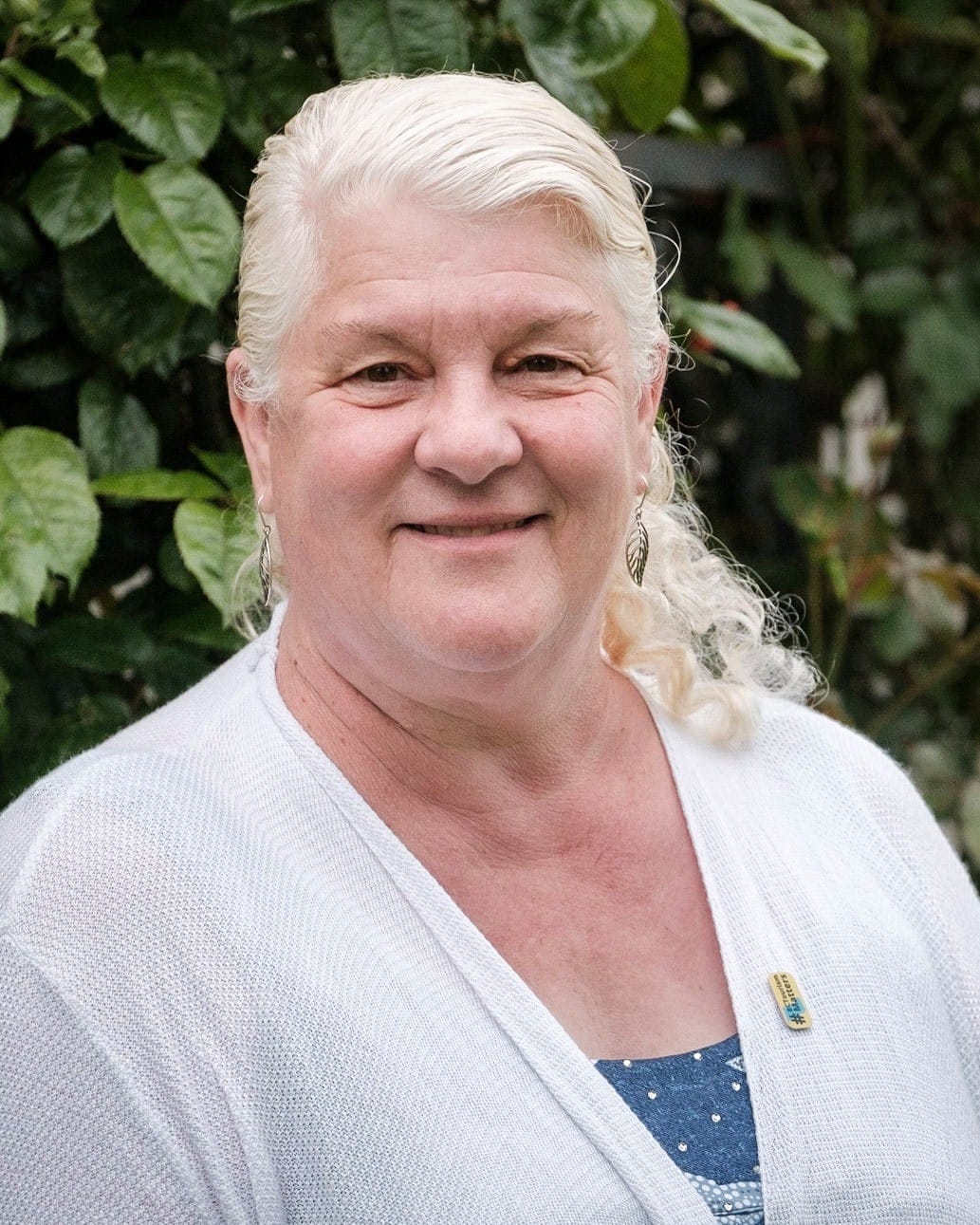
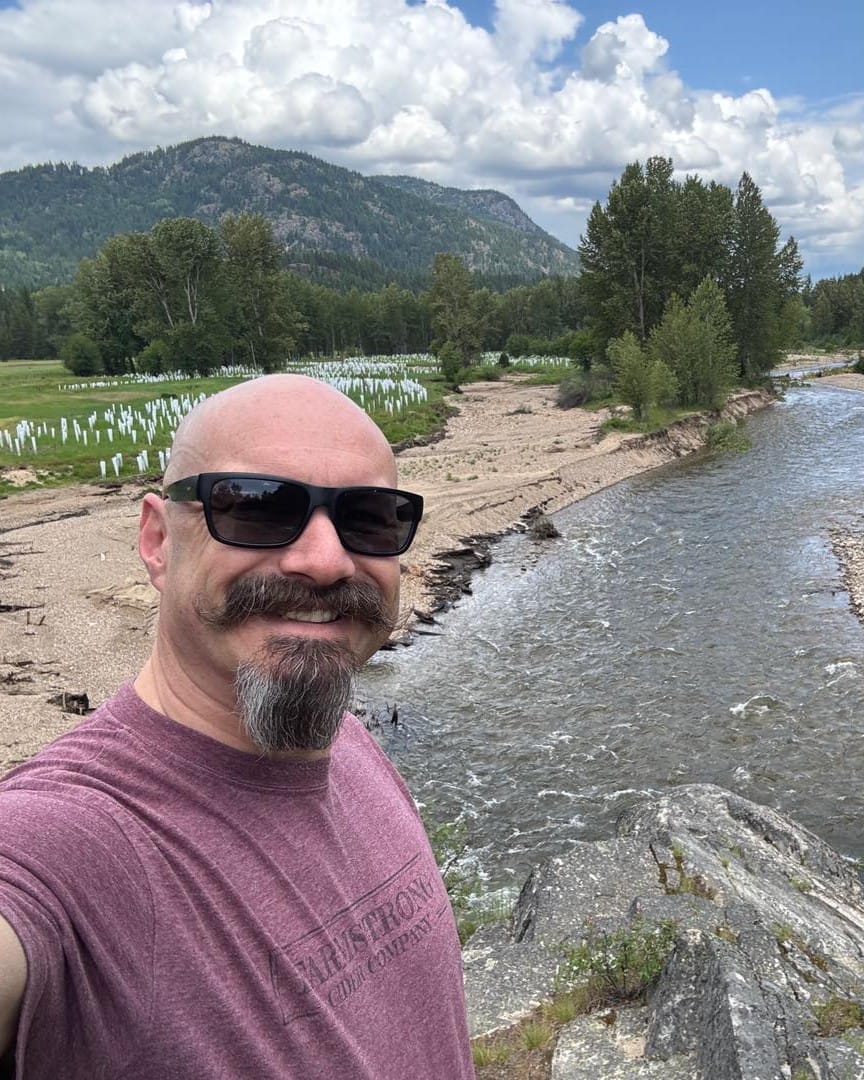
The first project Wall worked on was a virtual tour of the Ancient Forest/Chun T’oh Whudujut Provincial Park near Prince George. At the time, he had never created a virtual tour focused on accessibility and he was eager to learn. The Access BC team guided him through the process of conducting an accessibility assessment and soon Wall was able to recognize what accessibility elements needed to be documented in a virtual tour and why.
“It’s been really interesting learning about all the things you don’t think about being able-bodied,” he says. “My parents are getting elderly now [and] I’m starting to see how much care and planning goes into some of the things that we do as they age. I think [virtual tours] are really important.”
After the success of the Ancient Forest/Chun T’oh Whudujut Provincial Park virtual tour, Wall and Harris began brainstorming other opportunities. There was a clear need to share more accessibility information online for people with disabilities, and BC tourism associations were equally eager to meet this demand.
Emilie Cayer-Huard, Project Manager for the Kootenay Rockies Tourism Association (KRTA) explains, “Mak[ing] tourism more inclusive and accessible has been among the key provincial destination development priorities in British Columbia for close to a decade… [and] virtual tours are a great feature that help future visitors in their trip planning and in building excitement about their upcoming visit.”
In 2018, KRTA was one of many regional tourism associations, local governments, and community associations that entered a memorandum of understanding with SCI BC to provide a coordinated approach to the development of accessible travel and tourism in the associations’ regions of BC.

In addition to KRTA, other tourism partners include the Cariboo Chilcotin Coast, Thompson Okanagan Tourism Association, Tourism Prince George, Tourism Vancouver Island, Vancouver Coast and Mountains Tourism Region, and the Tourism Industry Association of BC.
“Beyond simply providing a sneak peek of a tourism experience, business, to picture themselves within it, virtual tours can provide meaningful planning information to people with mobility challenges or disabilities,” Cayer-Huard says. Wall echoes this sentiment, explaining that when he shows up to a place to take virtual tour photos he does a quick walk-through, and notes features of importance like accessible parking spots, elevators, ramps, automatic doors, lowered counters, wide pathways, or pool lifts. “Even if a business [or a space] isn’t super accessible, I still shoot with that in mind. Those details matter just as much for someone planning a trip,” he says.
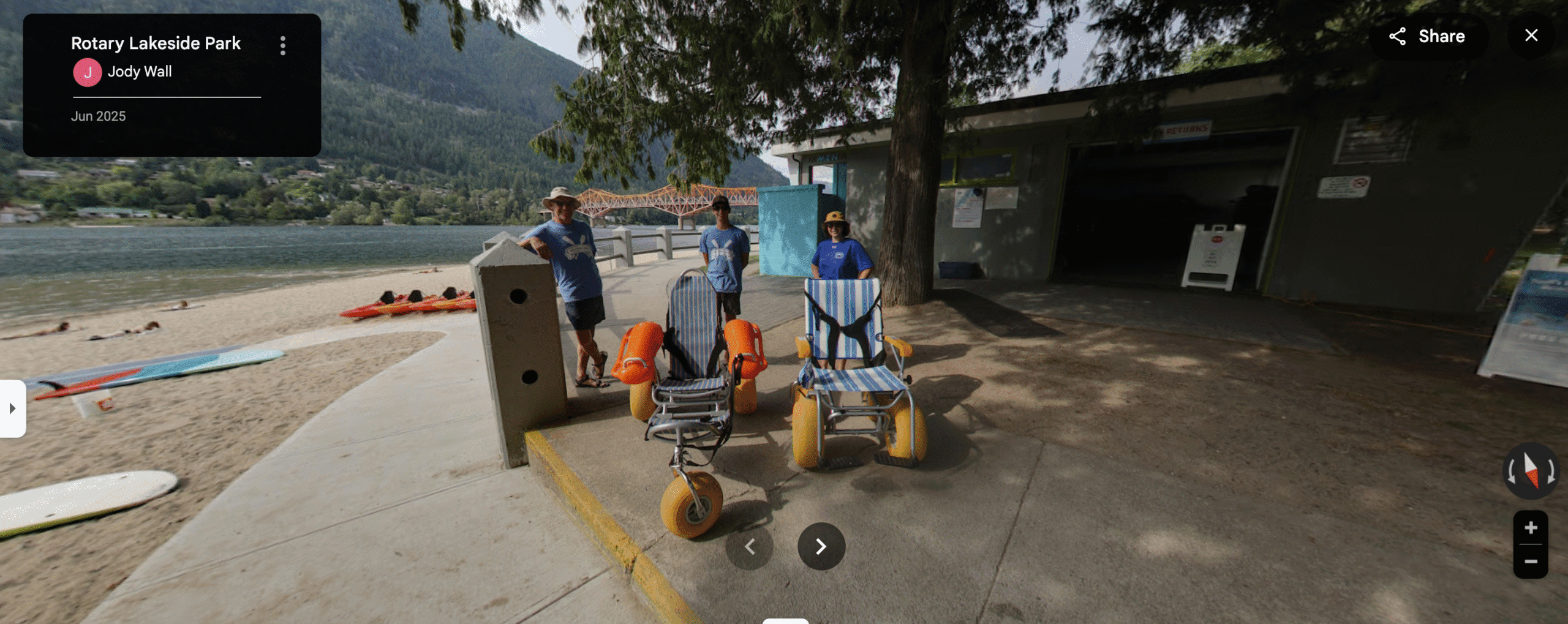
This summer, thanks to funding from Pacific Economic Development Canada—a federal agency that supports the growth and diversification of BC’s economy—Wall travelled to the KRTA region and captured images for 19 different businesses and over 16 outdoor spaces, parks, and popular tourist areas. Wall recounts a memorable experience in Nelson, BC, when he visited the Rotary Lakeside Park and was happily surprised to discover that the lakeside location provided access to two floating chairs that allowed visitors with mobility challenges an easy option to get down to the water and enjoy being in the lake. Wall captured images of the chairs and Rotary Club support staff who are available to assist visitors. These images now appear publicly on Google Maps in the street view for anyone to see. Without Access BC’s virtual tours and the support of KRTA, this accessibility feature would not have been captured and shared by regular Google mapping.
“With these tours, all of the businesses I visited had to have either already had an accessibility assessment or agreed to get an accessibility assessment through SCI BC,” Wall says. In this way, the virtual tours encourage businesses to improve accessibility while also promoting the region. They also give businesses a boost in visibility on Google Maps and search engines. As Cayer-Huard describes, “Business owners and park and other facility operators really see value in this project and want to participate. [The] tours help boost their online presence and reach new potential guests. They also contribute to building the region and BC’s reputation as an accessible travel destination. It’s a win all around.”
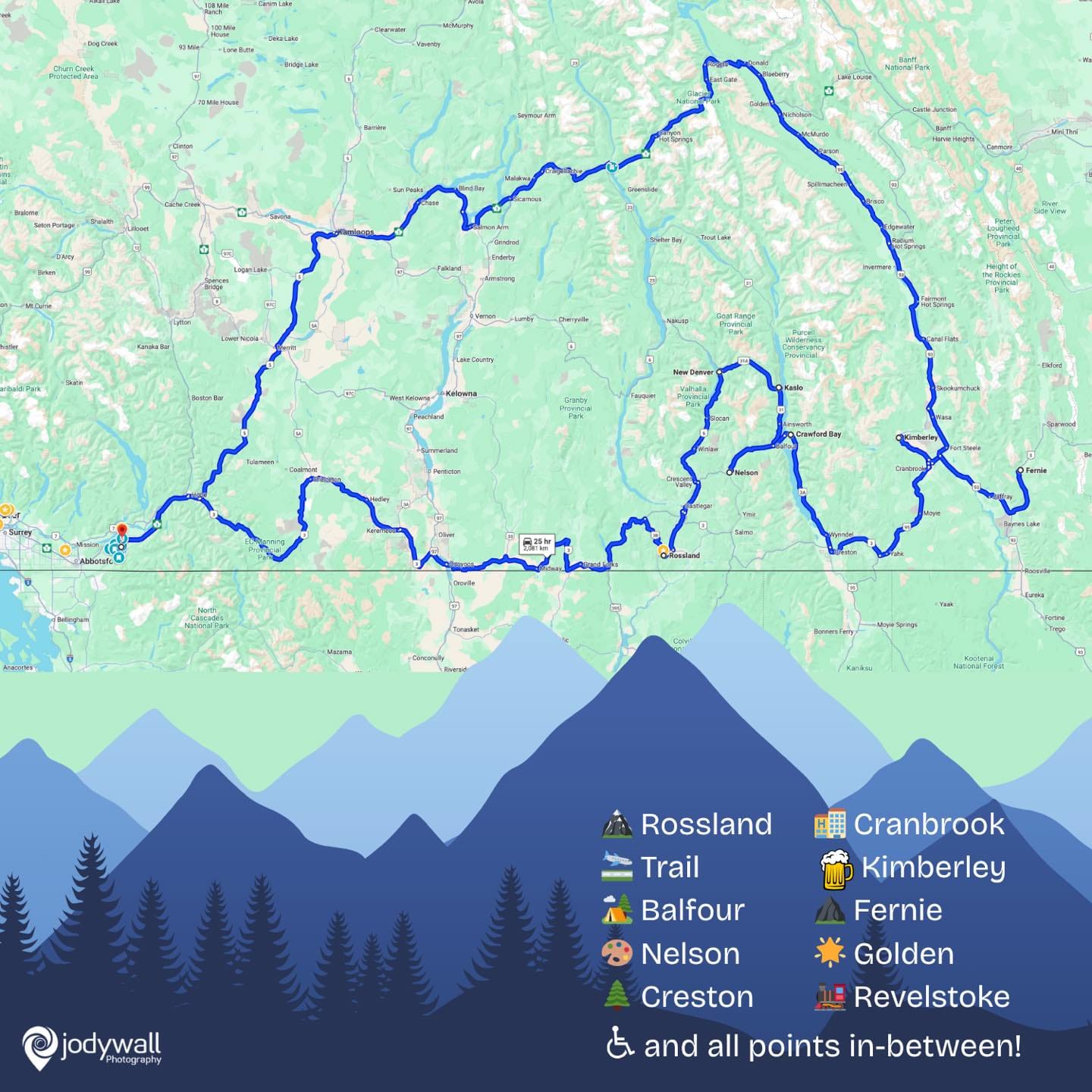
If you have any questions about virtual tours or want more information about improving accessible outdoor recreation and tourism opportunities, please reach out to Access BC at nharris@sci-bc.ca or visit us online at sci-bc.ca/access-bc.
You can also learn more about Jody Wall at jodywallphotography.com.
KRTA offers accessibility assessments on an on-going basis for accommodation properties and campgrounds. Instructions on how to sign up and additional resources on accessible travel can be found on the KRTA corporate website: krtourism.ca/accessibility.
Read more stories from the Fall 2025 issue of The Spin, including:
- Cannabis
- Entrepreneurship
- Catheter coverage advocacy
And more!
